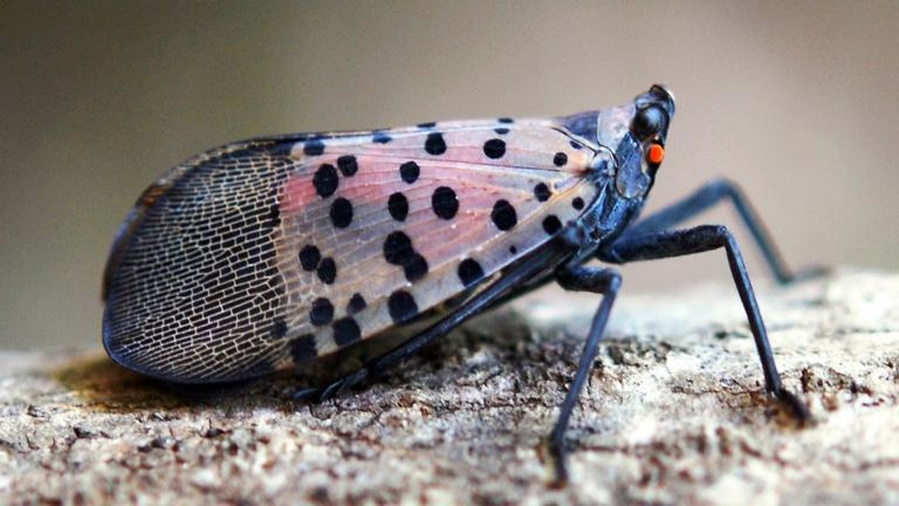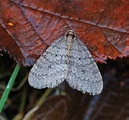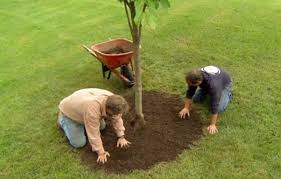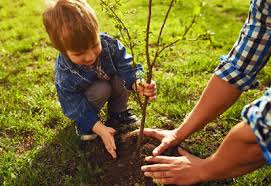DEM Warns of Invasive Insects Set to Appear This Spring
The Rhode Island Department of Environmental Management is warning RI residents to remain vigilant for two invasive species as their lifecycles progress and they emerge this spring. The spotted lanternfly (SLF) and the winter moth are two plant pests threatening Rhode Island’s agriculture and forest. These threats remain the focus of DEM’s Division of Agriculture and Forest Environment‘s Cooperative Agricultural Pest Survey (CAPS) and Forest Health Program.
One pest is the spotted lanternfly, which can cause significant damage to crops and native trees. The SLF threatens many fruit crops, such as apples, apricots, cherries, grapes, hops, nectarines, peaches, and plums, as well as native maple, oak, pine, poplar, sycamore, walnut, and willow trees. DEM officials note the lanternfly is an “excellent hitchhiker” spread through human movement.”
Lanternfly adults lay masses of 30 or more eggs on surfaces ranging from tree trunks to patio furniture. These egg masses are typically 1.5 inches long, grayish-brown, and resemble clay. DEM started spraying for SLFs in Rhode Island in 2022. DEM and its partners will continue targeted treatments of trees and bushes infested with SLF as they try to limit the spread of this invasive pest.

Winter moths are an invasive defoliator from Europe. First detected in New England in the early 2000s, the caterpillars of winter moths feed on the leaves of deciduous trees in early spring after larval hatch. Winter moth caterpillars are lime green with creamy-yellow stripes running lengthwise along each side of the body. Preferred hosts include maple, oak, birch, apple, and blueberry. Young larvae feed within their hosts’ leaf and flower buds and are often difficult to spot at this stage. Caterpillar frass (insect droppings) are often easier to observe than the actual caterpillars.

While the increased winter moth activity during the past autumn has generated increased public interest, the winter moth’s defoliation effort isn’t nearly as damaging or widespread as spongy moths, formerly known as gypsy moths. That’s because winter moths do not completely strip leaves. They only cause tree mortality if defoliation is repeated year after year. DEM initiated a successful biological program in 2005 to control winter moths with the specialist parasitic fly Cyzenis albicans.
For more information on the spotted lanternfly and the winter moth, see RI Tree’s Pest to Watch page on its website.









